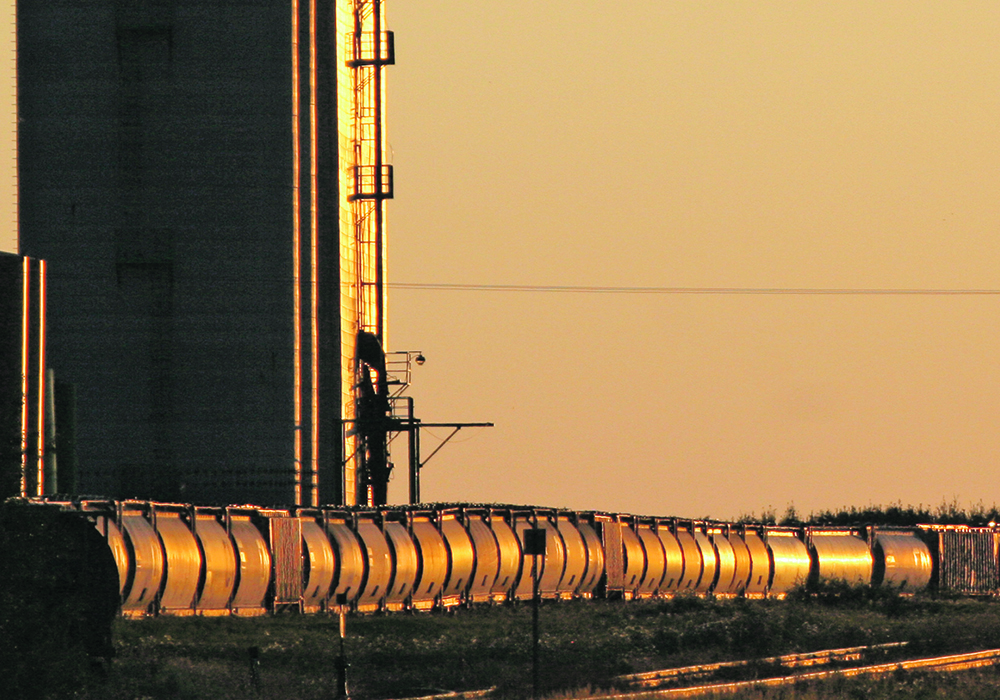Created in 1912, the Canada Grain Act was largely a response to farmers’ demands for equitable grading, dockage and weights. The resulting system — producer safeguards from country elevators to port — was for many years comprehensive.
At primary elevators the Canadian Grain Commission certified weigh scales, provided Subject to Inspectors Grade and Dockage (STIGAD) binding arbitration and appointed itinerant assistant commissioners to patrol each province.
Until 1958, primary inspection sampled each rail car in Winnipeg, Calgary and Edmonton to confirm elevator grade and dockage. At terminal, CGC inward inspection reviewed grade and dockage, confirmed weights on commission-certified scales, conducted commission weigh-overs — regular audits to assure inventory integrity — plus CGC outward inspection, to ensure that boats loaded the grain that was contracted before granting the commission’s certificate final export approval.
Read Also

Rural communities can be a fishbowl for politicians, reporter
Western Producer reporter draws comparisons between urban and rural journalism and governance
Throughout, the CGC registration elevator receipt system assured the integrity of each farmer’s receivable, and commission blending prohibitions — comprehensive until 1939 — ensured farmers received full value for the weights and specifications paid for by export customers.
From today’s standpoint, two things stand out about this system. First, more than comprehensive, it was auditable. Producer concerns could be easily addressed at the elevator; macro values could be traced through the entire system to confirm the integrity of each elevator’s overall grading, dockage and weights.
Second, sadly, almost all these safeguards are now abolished: only STIGAD, primary elevator scale certification, outward inspection and registration still exist through the CGC, the latter two of value to the system as a whole, not just farmers. STIGAD, the key farmer-specific provision, is so little used — reviewing perhaps one in every 5,000 deliveries — as to be of no regulatory value at all.
Meantime, the commission’s historic role as the respected regulator of fair grade and dockage is being lost.
Still, elevator grading and dockage remain key issues in every farm kitchen and farm organization. Can the situation be corrected? Yes, but farmers and the Canada Grain Act must respond to fundamental changes in the industry.
For a century, producers retained control of most of western grain through the wheat pools, United Grain Growers and the Canadian Wheat Board. This was the regime regulated so effectively by the CGC.
Wittingly or otherwise, that ownership has now been lost with the result that almost all grain is now owned by the elevator from time of delivery.
The result? System-wide audit is now neither technically achievable nor acceptable to its owners, who are keen to eliminate the remaining CGC role in outward inspection.
Instead, the locus of any new regulatory system must be the primary elevator itself: once grain is in the rail car, it’s too late.
Grain companies probe farmer deliveries because they don’t trust farmer samples. CGC outward inspection continuously samples ship loading because Canada’s customers don’t trust the trade.
Can anyone honestly argue western farmers, alone, should trust grain companies to be the final arbiter of the grades, dockage and weights that determine bottom lines?
Isn’t that what the CGC is for?
Bruce Dodds is a rural organizer who has worked for the Agricultural Producers Association of Saskatchewan and the Hudson Bay Route Association. Cam Goff is a grain farmer from Hanley, Sask., and an activist with farm organizations for more than 15 years.















